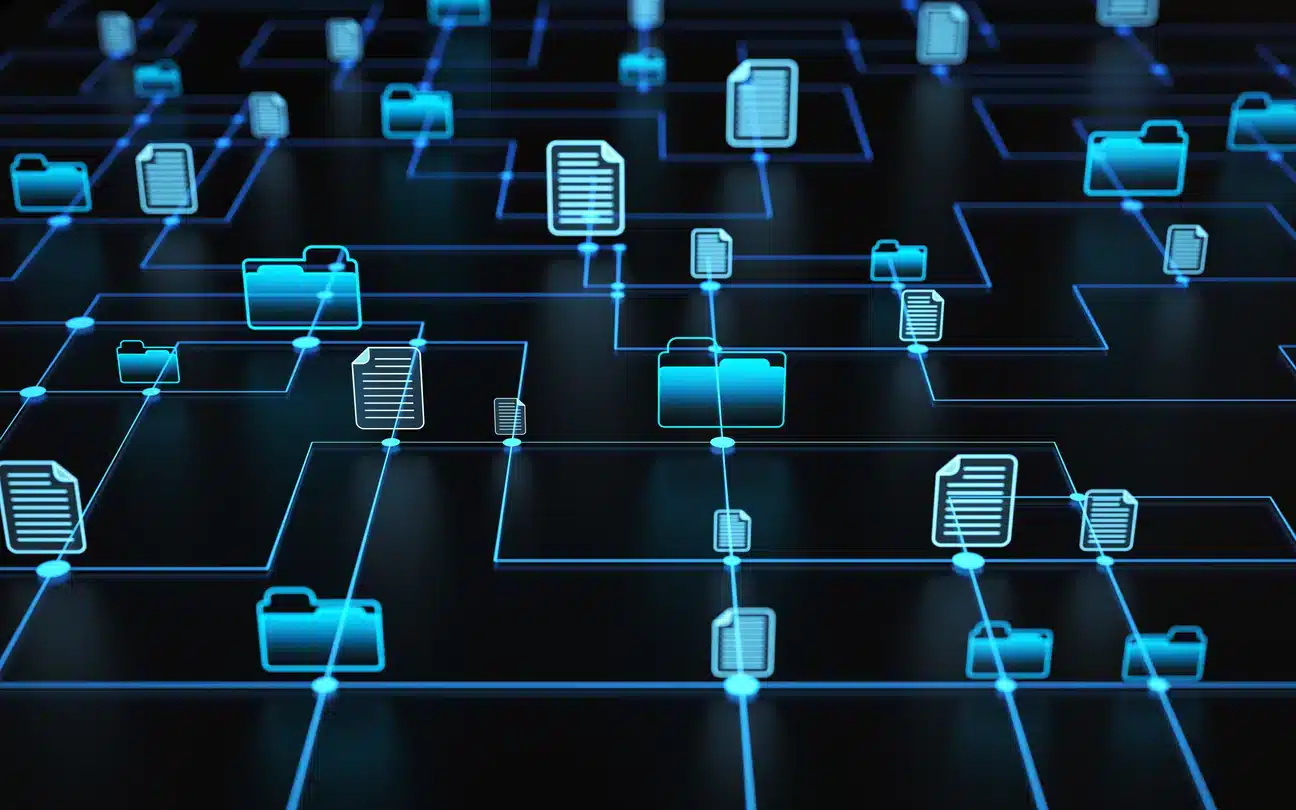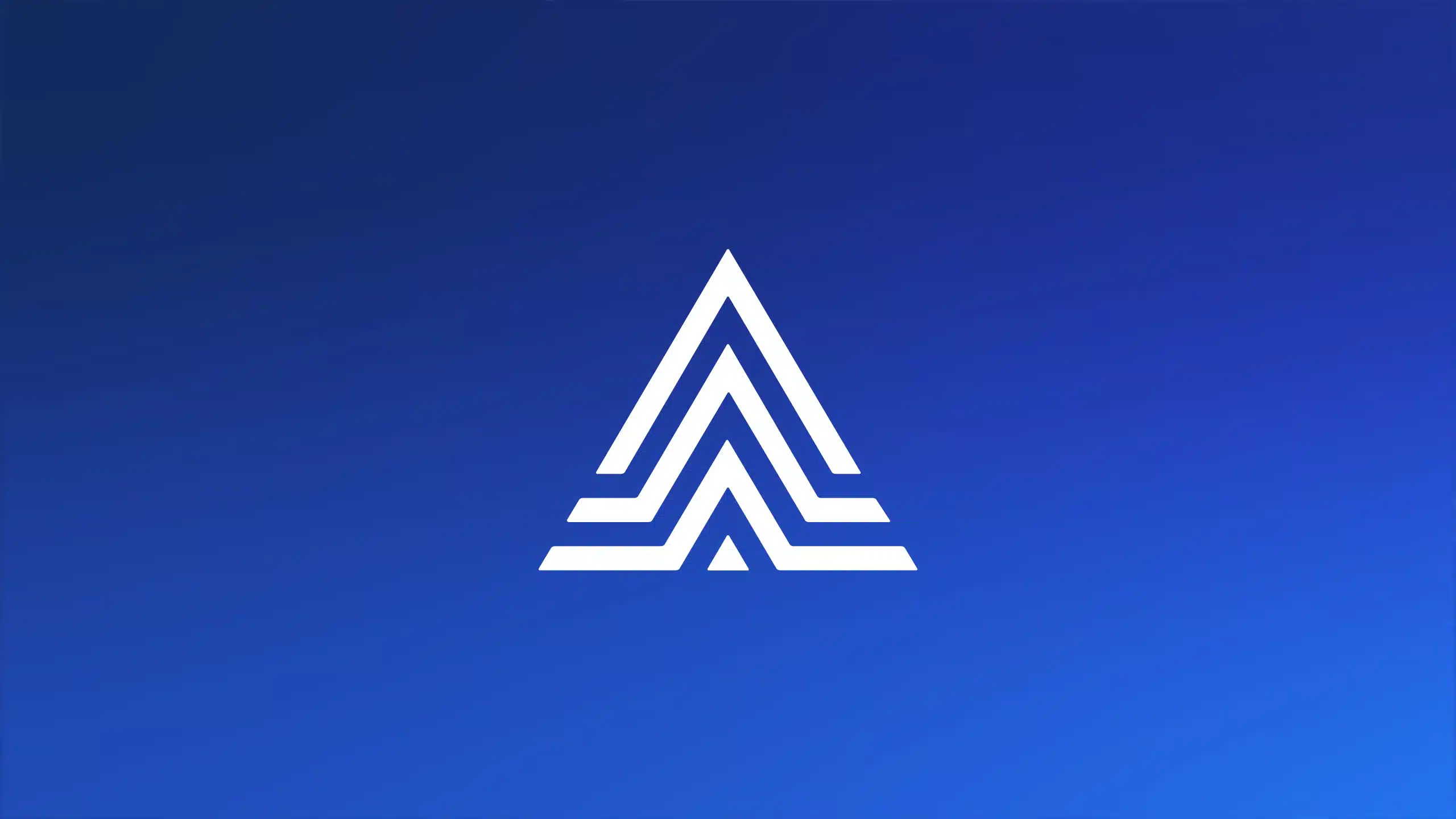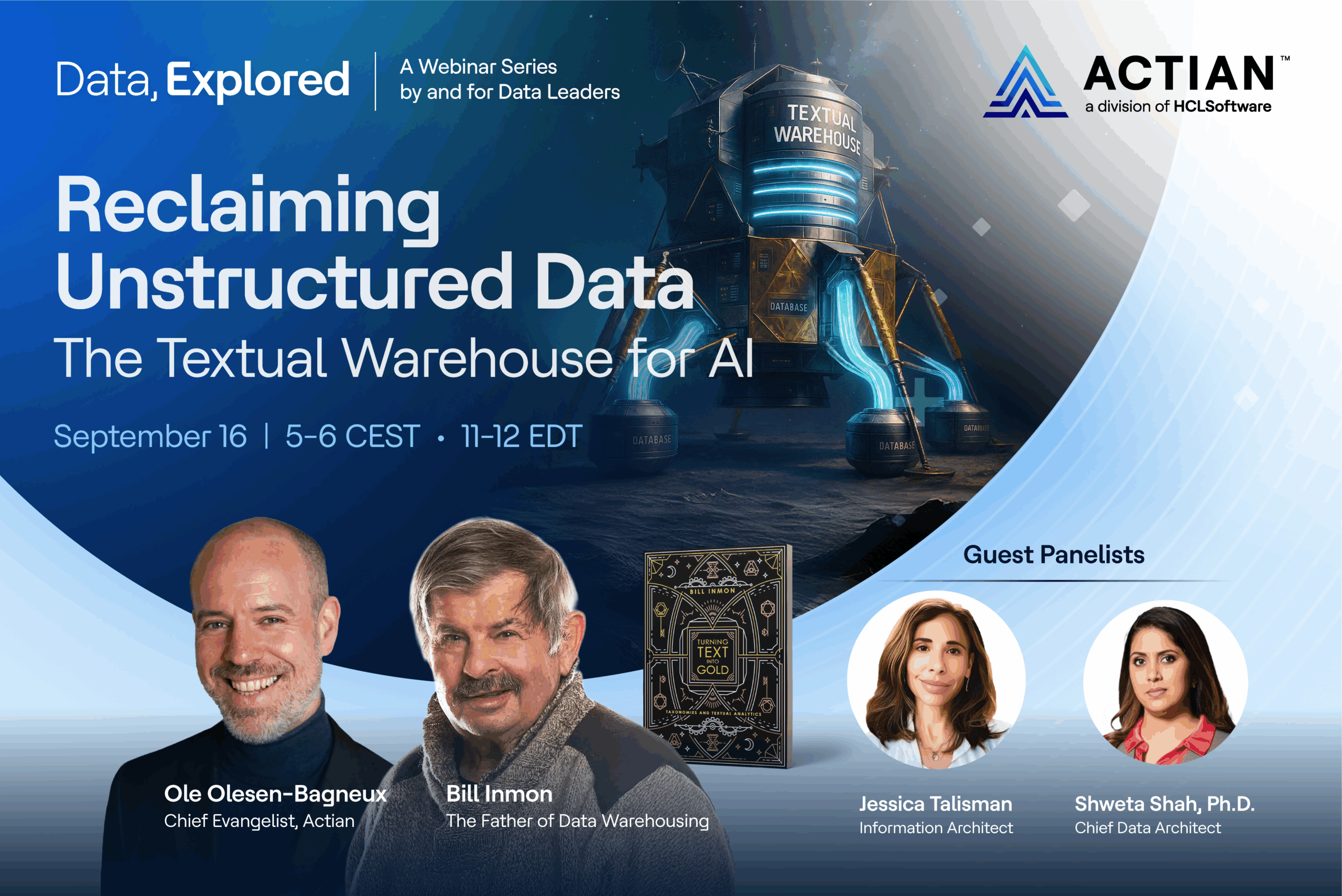Address Integration Challenges With the Proliferation of IoT Devices
Actian Corporation
July 16, 2019

During the past few years, IoT devices have evolved from being a consumer novelty to a core part of next-generation IT ecosystems for businesses of all sizes. IoT devices (such as smartwatches, fitbits, home sensors, RFID point-of-sale scanners, heartbeat monitors, etc) have become attractive and useful because of their inexpensive price point, ease of setup/administration and their diverse capabilities. IoT devices are everywhere and used in a variety of industries and use cases.
Now that business users are experiencing the value of IoT devices in their personal lives, they are understandably asking for similar capabilities at work. As companies embark on digital transformation journeys, they expect IoT to be one of the key technologies to serve as a source of new operational insights and performance gains. Small, inexpensive devices connected to a company’s network provide real-time telemetry and monitoring of business processes, operations, delivery logistics, facilities issues and much more.
The characteristics that make IoT so attractive to business users is also leading to a rather large headache for IT staff. In the personal environment, smartphone applications or a commercial digital assistant (such as Siri or Alexa) manage the connections to individual IoT devices, unify the interaction experience and aggregate the data from all of a user’s IoT devices.
In the business context, where there can be thousands (or more) IoT devices deployed and operating across the IT ecosystem, consistently managing connectivity and integration can be challenging. One of the biggest areas of concern for IT staff (and business users) is integrating the data from IoT devices into a company’s data ecosystem and providing real-time insights based on that data.
IoT Data Integration and Digital Transformation
Most companies have embarked on some sort of digital-transformation journey during the past few years – seeking to re-invent business processes to leverage modern technology at a deeper level. IoT has been critical to enabling digital transformation by providing a cost-effective set of solutions for monitoring end-to-end business and operations processes and controlling physical infrastructure.
Applications for IoT have included such diverse scenarios as monitoring manufacturing quality, optimizing power consumption in company facilities and tracking the flow of customers through retail stores. As more companies move towards digital business processes, IoT will be even more crucial to enabling centralized monitoring and control, and with real-time process optimization.
Leveraging IoT effectively within a business environment requires a scalable and effective means of collecting, connecting and delivering data to each of the deployed IoT devices. The issue with managing connectivity with IoT devices is the sheer volume of individual devices that are deployed as well as variety of data that is collected . Where many more sophisticated IT infrastructure devices (such as wireless access points) can be loaded with standardized configurations and administration profiles, IoT devices are often simple and lacking the robust and typical administrative features of IT environments. There is also very little API standardization across IoT vendors and as a result, a centralized service independent of the IoT devices must typically perform connection management and data aggregation.
The Value of an Integration Platform for IoT Solutions
In the consumer space, a smartphone or digital assistant may be all that is needed to manage integration across a handful of IoT devices and a few users. Businesses with hundreds or thousands of IoT devices and thousands of employees and the need to leverage them require an enterprise-scale set of integration capabilities to be successful. That is the reason organizations need a hybrid data-integration platform like Actian DataConnect, that supports both batch as well as real-time data integration capabilities required by IoT use cases. Real time data integration is crucial for IoT applications.
Driven by business use cases, IoT solutions may require data processing to be brought close to the edges — to the “things” where data is generated. So you need a data integration platform that integrates data at rest as well as data in motion. So you need an integration platform that really spans from the core of the network to the edge. They may also sometimes require aggregation of data in IoT platforms and other data stores, where it can be analyzed in bulk. New IoT data must be reconciled with traditional enterprise master data, for example. Interacting with and reusing data that is constantly in motion and available in various locations throughout highly distributed IoT infrastructures, and working with data within IoT operational flows, will push integration work to the edges.
Integration platforms built for business scale have been optimized for the central administration of large numbers of data endpoints. With many IoT devices, saving a couple of minutes of admin time on each device can add-up quickly. Add new devices quickly, monitor device connectivity status, orchestrate the flow of IoT data to data warehouses and analytics tools and manage who is using your IoT data in a central place. With Actian DataConnect, you don’t need to worry about IoT proliferation bloating your administrative costs. Instead, you can focus on deploying the IoT capabilities your business needs and be confident of your IT staff’s ability to support them.
Subscribe to the Actian Blog
Subscribe to Actian’s blog to get data insights delivered right to you.
- Stay in the know – Get the latest in data analytics pushed directly to your inbox.
- Never miss a post – You’ll receive automatic email updates to let you know when new posts are live.
- It’s all up to you – Change your delivery preferences to suit your needs.
Subscribe
(i.e. sales@..., support@...)






